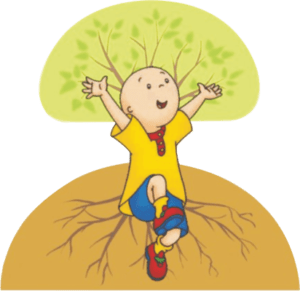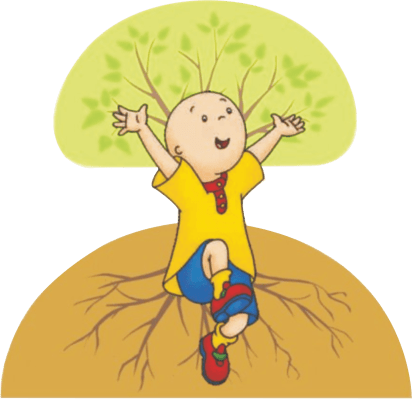Anger Management in young children
What is anger and why does it need to be managed?
Anger is a normal human emotion. Uncontrolled anger, however, can lead to aggression. This can cause physiological problems and lead to harmful behaviour.
Aggression first begins in the toddler years. This is when children are naturally more aggressive than any other age group. A toddler’s inability to talk may be one reason why aggression starts at this age.
Toddlers and young children need to learn how to control their emotions. Otherwise, frequent aggression over time can cause problems in school, at home and with their friends and family. One study found that 1 in 7 children who had aggression early in life that increased as they aged were at a higher risk of:
School failure
Adult unemployment
Physical violence
Mental illness
Anger management helps a child develop better ways to cope with angry feelings.
Managing anger
The goal of anger management is to reduce negative feelings. This can help reduce the negative physiological changes caused by anger. Like other emotions, anger can cause physiological changes such as a rise in blood pressure, and an increase in your energy hormones like adrenaline.
There are three main ways your child can deal with angry feelings:
- expressing anger
- suppressing anger
- calming anger
Expressing anger, understanding emotions
The more a child expresses anger, the less likely he will have an angry outburst. Expressing anger requires him to communicate. He needs to be able to start sentences with phrases like, “I’m mad because…” or “I’m feeling angry because…”. Children need to express what their needs are. They need to express how their needs can be met without hurting others. Parents can help their children understand their emotions by asking them how they are feeling when they are calm and happy. Then can ask how their children feel when they are mad. It may also help to point out other people’s emotions or feelings, such as “that man on TV looks angry.”
Suppressing anger: accept and redirect
Anger can be suppressed and converted into another emotion. This can occur if your child focuses on something else that is positive. This is a good technique for older children or teenagers.
The technique here is to help your child recognize his anger, and then convert the anger into something positive and constructive. You could ask your young child to draw pictures how he is feeling. An older child may write a note. He may confront whatever is causing the anger by offering an alternative solution to the problem.
There is a danger to this technique. If your child does not convert the anger, the unexpressed anger can harm his health. Unexpressed anger may cause high blood pressure or depression.
You should not be so afraid of suppressing your child’s anger that you begin to allow unacceptable behaviours. Children who are ‘rewarded’ for temper tantrums will continue to have them. Unacceptable outbursts should calmly be met with natural and logical consequences. For example, if they break a toy in a fit of rage, that toy should not be replaced. If they break a family members’ object, they should pay for it through their allowance or by doing additional chores.
Calming down, taking time out
Every child needs to learn how to calm their emotions. This helps them to control their outward behaviour. Helpful exercises include:
taking deep breaths
walking outdoors
spending time alone
doing yoga, martial arts, or other forms of exercise
When to seek medical assistance
If you believe your child’s anger is really out of control and affecting how he interacts with his family and friends, see the doctor. Your family doctor can refer you to a psychologist, or other licensed mental health professional. They can work with your child and the family. They can help develop ways to change your child’s thinking and responses. This can help improve his behaviour.
How you can help your child
Here are some tips you can share with your child. They can help your child control his angry feelings:
Take a “time out”
Go into another room. Have him take a break from the situation that is making him angry. Let the emotions subside.
Learn how to communicate angry feelings
Once your child is calm, encourage him to express his frustration in a non-confrontational way. For example, have your child complete the sentence: “I’m feeling angry because…”.
Practice relaxation techniques
Some children respond well to discipline classes. These include karate or other types of martial arts. Other children respond to classes that encourage relaxation such as yoga and meditation. They focus on breathing and stretching.
Key points
- Anger is a normal emotion. Uncontrolled anger can lead to aggression.
- Anger management can help a child learn better ways to cope with angry feelings.
- A psychologist can help develop ways to change your child’s thinking and responses.
- Encourage your child to express his anger through talking or help him convert his anger to other emotions.
- Some children respond well to karate or other types of martial arts. Others respond to yoga and relaxation classes.

